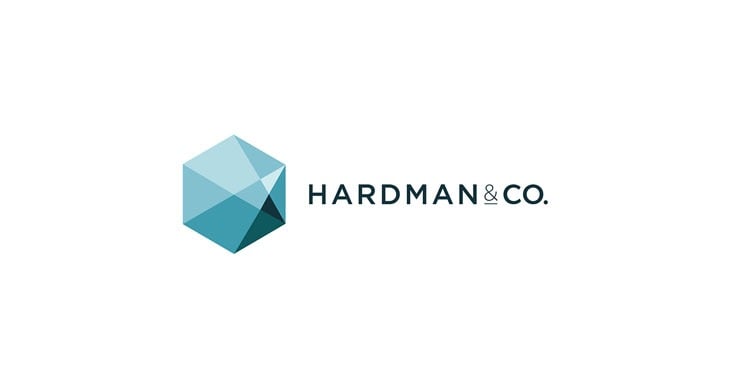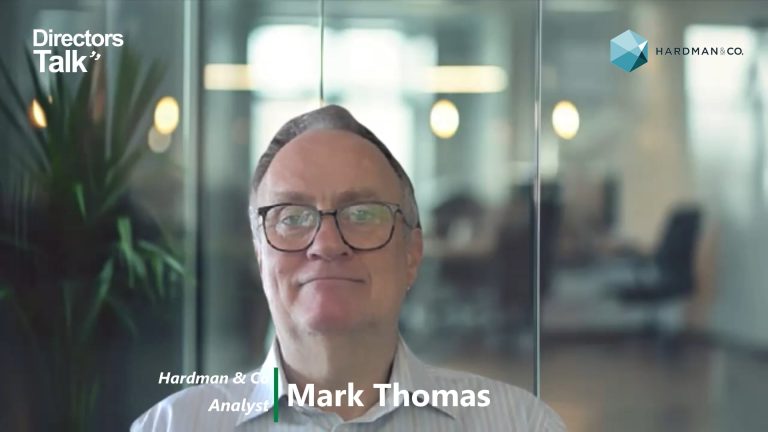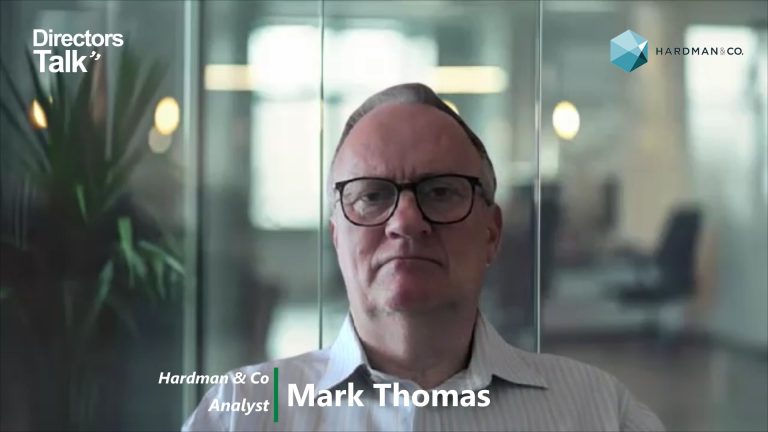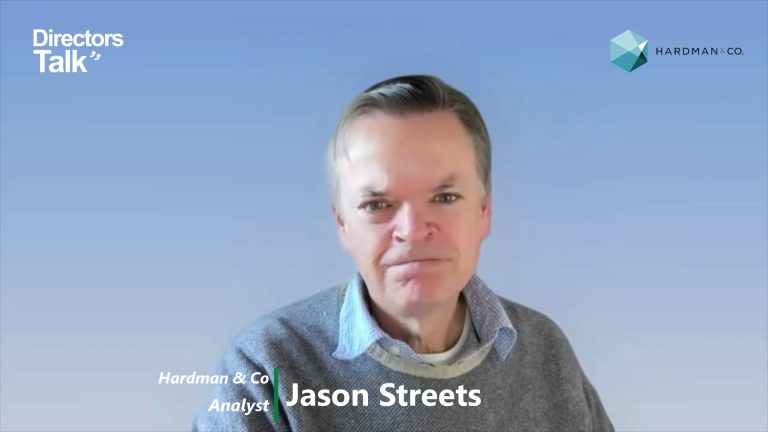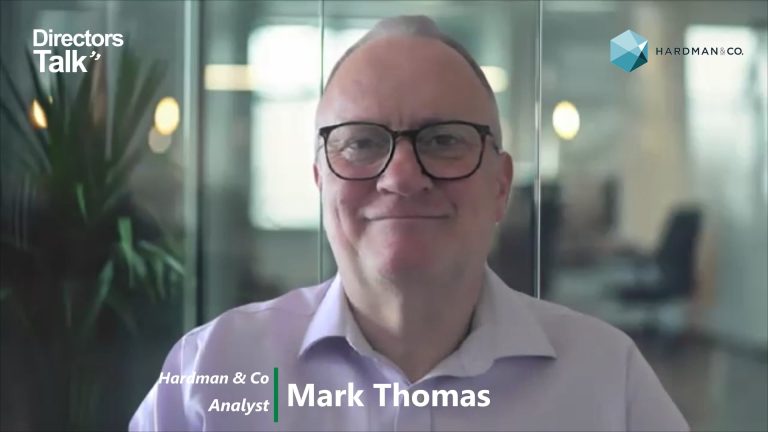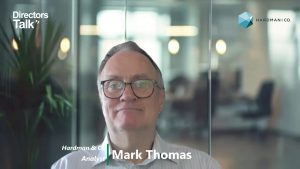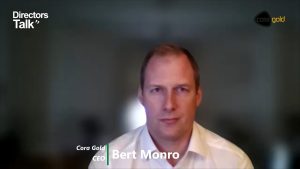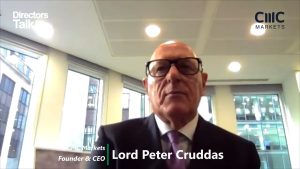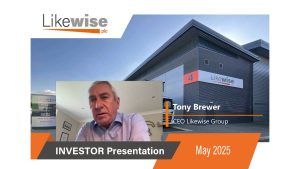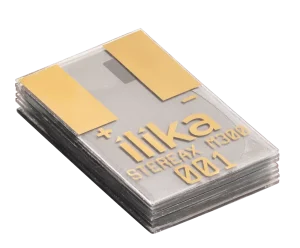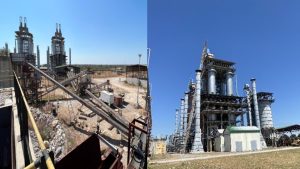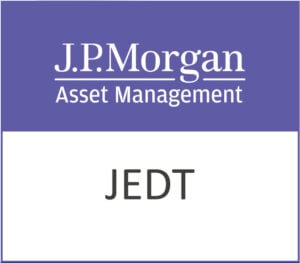Advanced Oncotherapy plc (LON:AVO) is the topic of conversation when Hardman and Co’s Head of Life Sciences Dr Martin Hall caught up with DirectorsTalk for an exclusive interview.
Q1: You recently released a report on Advanced Oncotherapy highlighting some recent developments at the company. Can you update us what has been going on?
A1: To set the scene, Advanced Oncotherapy or AVO, was established with the goal to develop a proton therapy system to treat cancer patients that was affordable, thereby making proton therapy more universally available.
Until September 2022, the focus of the company’s activities has been on the technical aspects and potential advantages of its new system, which is called LIGHT. Then it announced that it had completed the complex assembly of its linear accelerator, involving over 34,000 components, and demonstrated that it could accelerate a proton beam to an energy level of 230MeV, the level required to reach and treat the most deep-seated organs in the human body. This was a major breakthrough and something that many industry commentators, particularly the established competitors, thought would never happen. It has also moved the risk from a high technology risk to a much lower execution risk.
Q2: Given this major breakthrough, why are the share languishing?
A2: I believe that there are three main reasons.
First, despite achieving this important milestone, there are still a number of ethical and regulatory procedures that must be completed before first patient treatments and, while there is nothing overly complex, they all take time. So, first patients are expected to be treated in 2H’23, a little later than originally planned.
Secondly, in 2022, Rutherford Health an operator of three proton therapy centres in the UK went into administration, because it was not seeing a sufficient throughput of patients to generate a return. Some commentators are fearful that AVO will suffer the same fate. However, the businesses are completely different. Rutherford built and operated facilities, whereas AVO is a manufacturer of proton therapy equipment and systems. Rutherford adopted a one-system-one-treatment room model, limiting patient throughput, whereas one LIGHT machine can potentially be used in up to five treatment rooms, maximising throughput for its customers. Finally on this point, Rutherford was UK-centric, whereas AVO intends to install LIGHT globally, particularly in the big opportunities in the US and China.
Thirdly, AVO still needs more capital, confirmed yesterday to be around £75m which compares with our forecast of £70m, for working capital over the next two years in order reach first-patient treatments, regulatory approvals and commercialisation. The market has known this and, in such situations, tends to mark shares down in the hope of buying as cheaply as possible in an institutional placing.
Q3: Given what you have said about Rutherford, is there really enough demand?
A3: Cancer remains an enormous global burden and is responsible for many deaths each year. Radiation is still the mainstay of cancer therapy, but X-rays are very imprecise and cause damage along their pathway and to surrounding healthy tissue. Proton therapy is very precise and causes damage in a pin-point manner to cancerous tissue.
But, despite these advantages, worldwide, there are only just over 100 proton therapy centres with 260 treatment rooms, and less than 1% of cancer patients receive this type of treatment annually. It is estimated that nearer 2,000 centres with 4,800 treatment rooms are required just to treat 10% of cancer patients, so the potential demand is staggering.
Q4: Why do you think LIGHT will be successful?
A4: The key reason why there are so few proton therapy centres worldwide is the cost. Apart from the equipment cost, there is also a massive capital outlay on the building itself which needs to be bespoke. For example, the new centre at University College Hospital London, cost £209m to construct excluding the cost of the PT equipment and has taken six years to build. This is prohibitive in the absence of government support.
We expect LIGHT to be successful because of the process by which it generates the proton beam to the required energy level to treat the cancer. Conventional cyclotrons generate a proton beam to a single high energy. This is then reduced to the working level through the use of absorbers or filters, with the excess radiation being wasted. This is very inefficient, expensive and potentially dangerous to the patients and operators, so they require considerable lead shielding. In contrast, LIGHT accelerates the protons only to the required energy level, meaning that there is minimal wastage and significantly fewer protective measures are needed. This is far more efficient and requires a much smaller footprint, significantly lowering construction costs.
Secondly, LIGHT is modular in design, making it possible to be retrofitted into an existing building, which is what will be done at the Harley Street facility. This also simplifies the manufacturing and installation process which, as experience and volumes increase, is expected to take only one year from signature. Consequently, both facility and equipment costs are expected to be much lower with LIGHT, making PT much more affordable. Additionally, being modular, alternative business models can be adopted, whereby the LIGHT system can be owned by a financial group and leased to the hospital or clinic with returns on a pay-per-patient basis. This is not possible with conventional systems.
Finally, LIGHT is really well suited to new treatment techniques, such as FLASH, where the treatment is split into multiple electronically controlled small fractions of the dose required, potentially reducing treatment down to a single visit, compared with 20+ visits needed currently. While cyclotron manufacturers are trying to adapt to these new techniques, their overall inefficient process is not conducive to FLASH technology.
Q5: What do you think of the valuation?
A5: As you can glean from everything that has been said, there are massive barriers to entry. However, although it has taken longer than planned, AVO is almost there and is expected to disrupt the market. To get where it is today, AVO has invested about £215m. However, based on today’s share price, the company is trading at a 42% discount to the amount invested. This is clearly reflecting the need for more capital, about which the company is investigating all avenues, both dilutive and non-dilutive.
We expect to see further announcements of commercial deals in 2023, particularly after the first patients have been treated. This is when orders and delivery schedules are confirmed and deposits are paid, substantially changing the cashflows. On our revised model, details of which are in our report, AVO is forecast to become EBITDA breakeven in 2025. This should help it to raise the required capital.
Also, thinking laterally, the incumbent main players must be concerned about LIGHT’s disruptive technology and even though the demand is large enough to accommodate a new entrant and for everyone to still be successful, they must be concerned.
Consequently, if AVO’s valuation does not re-rate soon, there is potential for M&A activity, especially given that Siemens Healthineers paid $16.4bn for Varian last year to gain more access to the cancer markets and proton therapy, in particular. Compared with, that Advanced Oncotherapy must look very attractive.


